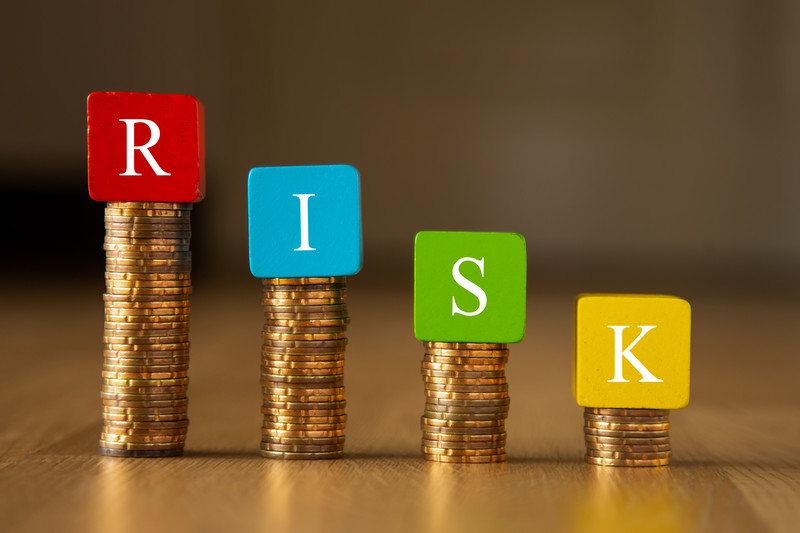Investing can be risky, especially when the markets are volatile, and one billionaire can potentially bring down an entire industry (*cough*SBF*cough*) That’s why an economist named William F. Sharpe came up with his own measurement for risk-adjusted returns—The Sharpe Ratio.
The Sharpe Ratio calculates how good an investment is based on the risk associated with it. The formula for the calculation looks like this:
- Sharpe Ratio = (Rx – Rf) / StdDev Rx
If you’re not a math person, don’t panic! Let’s break it down without the formula.
To calculate the Sharpe Ratio, we need to know three things:
-
The rate of return or how much money you expect to make from the investment. Let’s say this is 10%.
-
The risk-free rate or how much money you would make without any risk. Let’s say this is 5%.
- The volatility of the investment or how much the value will change over time. Let’s say this is 2.
Then you subtract the risk-free rate from the return and divide that number by volatility. (See, not so scary.)
- (10% - 5%) / 2 = 2.5
-
The result is that this investment earns 2.5 times more money for each unit of risk.
- The higher the Sharpe Ratio, the better the return for the risk being taken—anything higher than 2 is considered very good.
You can use the Sharpe Ratio to compare investments and maximize your money in the market. Still, it’s never a guarantee and should be one of many calculations you do before buying into an asset.
